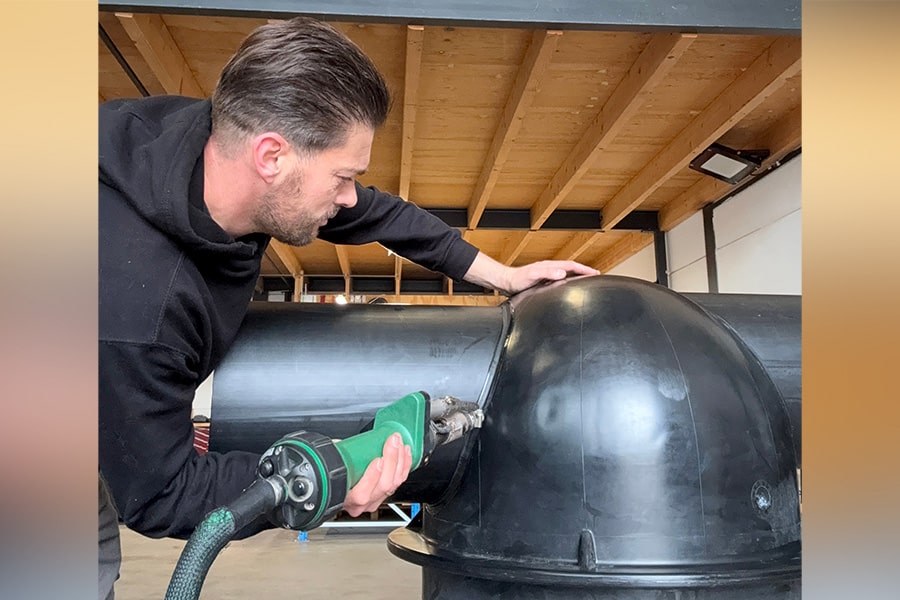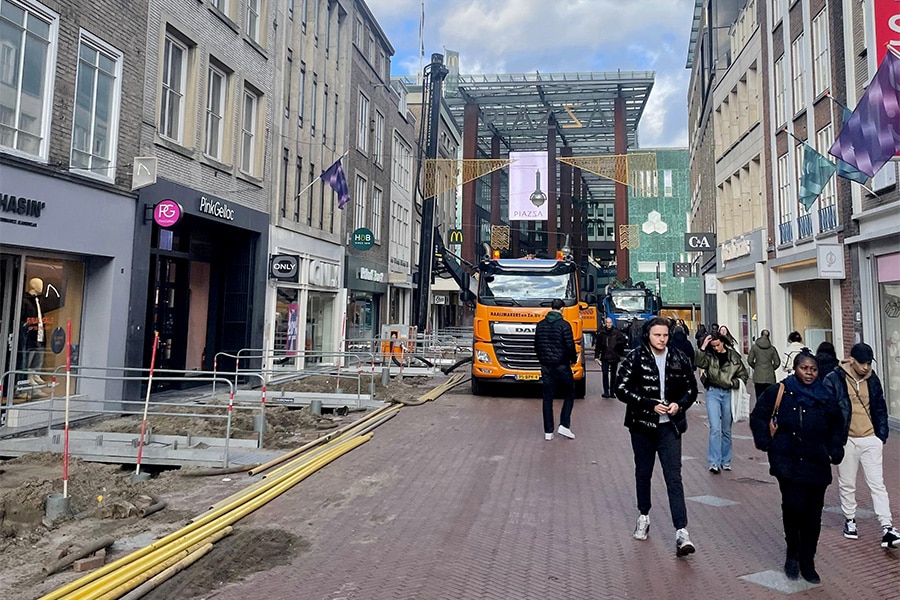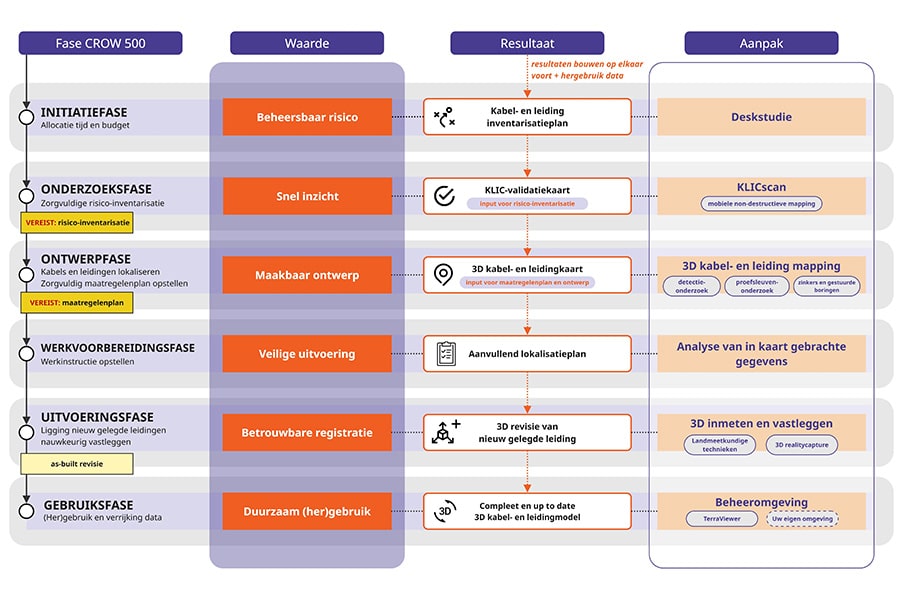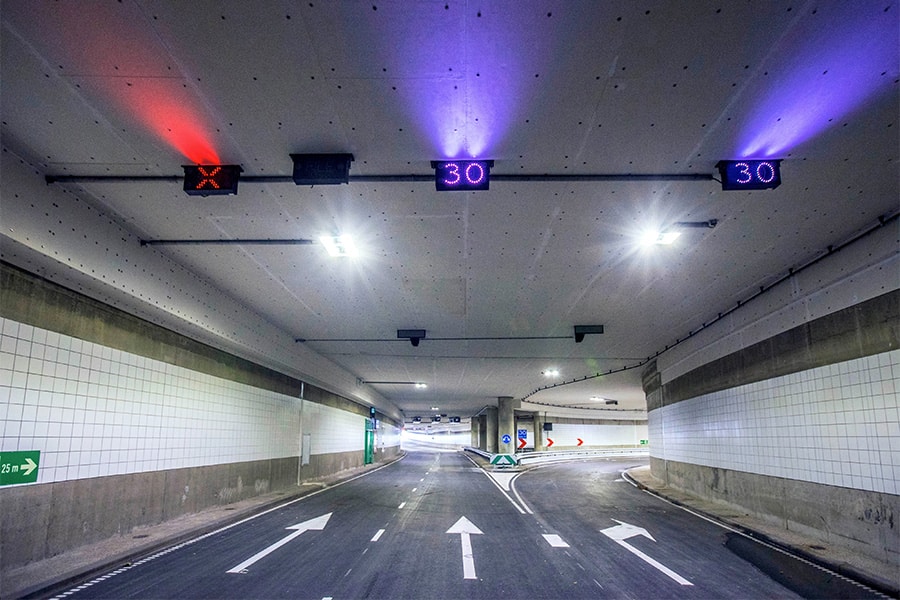
Building underground in a monumental environment | The Entrance
Renovating the center side of Amsterdam Central Station - project De Entree - involves a large number of challenges. A busy, dynamic environment, a built environment with a lot of above-ground and underground infrastructure, as well as an underground with history. Reason for main contractor Max Bögl to call in the expertise of GEO2 Engineering at an early stage and to involve us as a partner in the project. The geotechnical engineering firm's range of tasks for this project is extensive and, according to senior consultant Dennis Wondergem, has literally and figuratively a lot of depth.
Historical background
Ever since the tender in 2016, GEO2 Engineering has been involved in project De Entree. "The environment in which the project is being realized is far from ordinary: monumental buildings, underground infrastructure such as the Noord/Zuidlijn but also the underground itself," Wondergem knows. "We have a lot of expertise in these kinds of complex projects and know from our background better than anyone else where the needs of contractors lie. That explains the practical approach in all our advice. In the preliminary phase, together with Max Bögl & Partners, we came up with a number of clever ideas in both design and construction methodology with as little disruption to the surrounding area as possible. This provided a financial advantage during the tender process." Even after being awarded the contract, GEO2 Engineering is still closely involved in The Entrance. "We continued to work out the geotechnical design in which the (historical) soil was well mapped," states Wondergem.
Bicycle shed under water
The bicycle parking will be realized in a construction pit with anchored sheet pile walls and a cofferdam construction on the north side, Wondergem continues. "The historical current channels of the IJ and the Amstel cut through the cofferdam. This means a strong gradient in the deeper sand layers, which affects the design of the pile foundations and sheet pile wall structures. The design of the building pit and the foundation and anchoring structure is engineered to prevent the floor from floating during the (dry) construction phase and the storage from sinking too much during the operation phase. Again, the biggest challenge is in the interfaces with the environment. These include vibrations due to the realization of the construction pit, deformations due to installation and deflection of the sheet piles, and water levels inside and outside the construction pit."
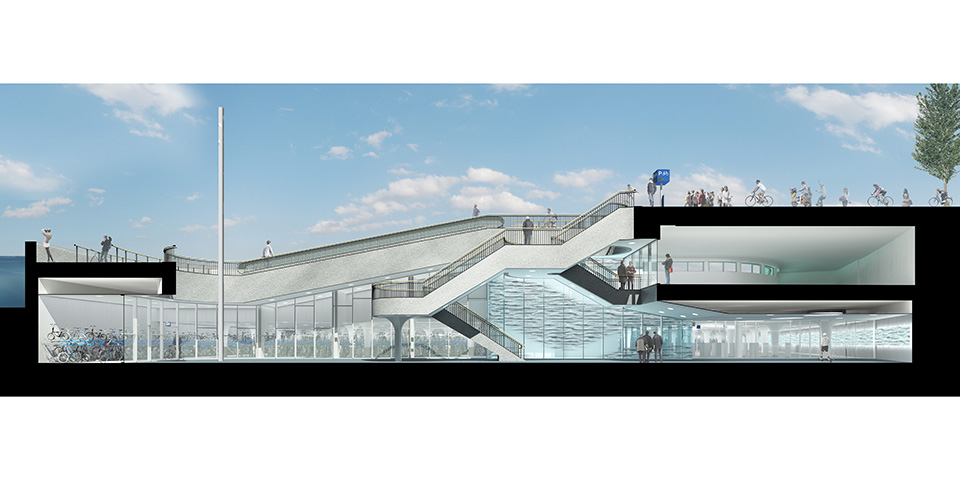
Cross-section of the future bicycle parking lot (source: wUrck).
Building next to historic caissons
Interfaces with the environment also included the new road construction of the Western Access, which has already been deepened and put into service. "A concrete box structure was used, founded on steel. We worked out the design of this structure together with the structural engineer because of the great interaction between the concrete structure and the subsoil. For example, the influence of the caissons below (sunk in 1905), which carry the railroad viaduct west of the central station, on the concrete box structure was considered, and vice versa. The potential influence of the necessary drainage was also examined. The groundwater level near the adjacent buildings was not to be lowered. This was to prevent any chance of damage to the monumental buildings in the area, which are founded on wooden piles."
Quay walls and scaffolding structures
Two quay walls (east of the Kamper Bridge) and opposite the North-South Holland Coffee House will also be designed and constructed for the project. Analysis of possible impact on adjacent existing quay structures and road and streetcar infrastructure and monitoring of this played an important role. Finally, GEO2 Engineering advised on the impact of the placement of the open steel tubular piles for the purpose of temporary jetties for the shipping companies on the caissons of the North/South Line, the current East Line and existing quay structures in the Station Area.
